Catalog
Search
211 products
View:
- Selected: 1Areas of use
- Selected: 0Item names
- Selected: 0Manufacturer
- Selected: 0Made in
- Selected: 0Additional
View:
211 products

Chamber low-temperature electric furnace with a retractable hearth-8.16.5/5,0- I2-In
Designation
SNOT-8.16.5/5,0- I2-In
Tula-Term
Tula
Produced in: Tula
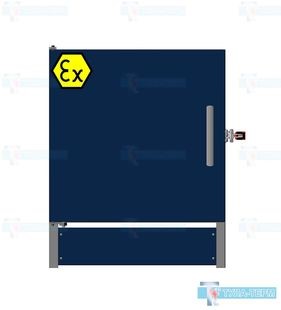
Explosion-proof vacuum electric furnace START-50
Vacuum resistance furnaces are necessary for heating products before pressure treatment, for sintering, degassing, quenching, annealing, soldering and chemical-technological processes. Such furnaces among all the variety of thermal equipment are considered the most environmentally friendly – heat treatment is carried out at t up to +2500 ° C in a purified vacuum. Under certain conditions, vacuum furnaces are used to work with neutral gases.
The outer part of the furnace is made of stainless steel and is cooled by liquid. The inner part of the working chamber, where the heat treatment of materials is carried out, is made of an alloy of molybdenum and tungsten. The components are characterized by a low inertia force, reduced gas separation. The settings are available on the control panel, where the instruments, automatic and manual control switches are located.
At every enterprise of the electronic industry, nuclear power, an explosion-proof vacuum resistance furnace is needed. The same applies to areas where various products undergo heat treatment at the stage of production and preparation for use.
Tula-Term
Tula
Produced in: Tula
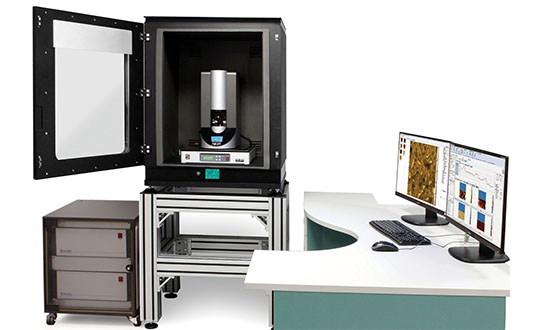
NEXT II
14 high-precision stepper motors control all moving parts of the microscope, and intelligent software blurs the line between optical and SPM imaging. NEXT provides continuous magnification from millimeter-scale panoramic optical images to atomic resolution, and intermediate operations such as laser pointing to the cantilever, sample positioning, soft approach and configuration of advanced SPM techniques occur automatically.
NT-MDT Spectrum Instruments
Zelenograd
Produced in: Moscow, Zelenograd
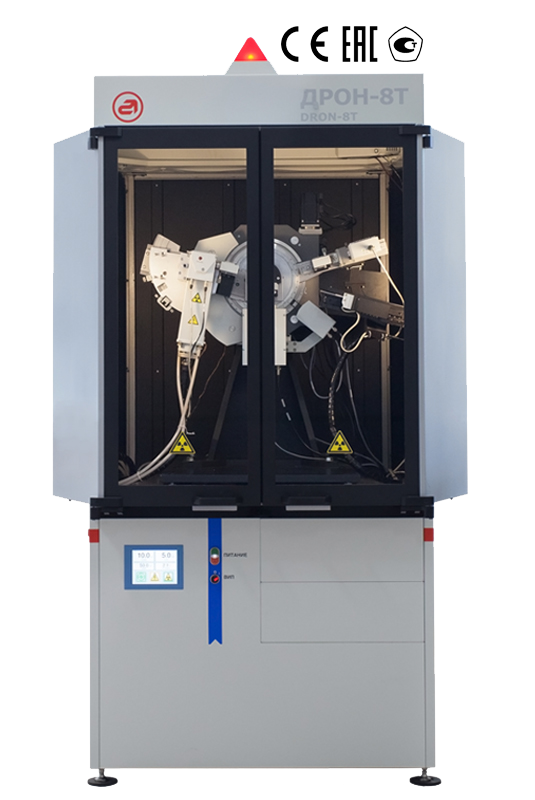
Multipurpose X-ray diffractometer DRONE-8T
The X-ray diffractometer DRON–8T is the flagship model of the line of stationary X-ray diffractometers of JSC IC Burevestnik. It is equipped with a high-precision wide-angle vertical goniometer with an angular reproducibility of 0.0001° and is designed mainly for the study of highly perfect crystalline objects (single crystals, epitaxial films) in high-resolution geometry.
Burevestnik
Kolomyagi
Produced in: Saint Petersburg
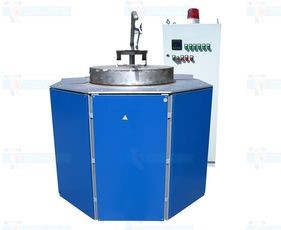
Aluminum Melting furnace SAT-0.5/7.5
from
1 404 420 ₽
Designation
SAT-0.5/7.5
Supply voltage, V
380
Installed capacity, kW
42
Temperature stability in steady-state mode, °C
± 5
Tula-Term
Tula
Produced in: Tula
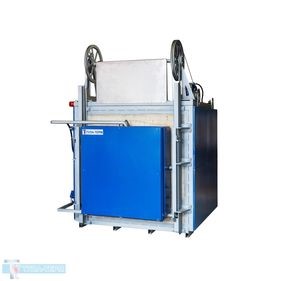
Chamber electric resistance furnace CHO-6.12.4
from
550 000 ₽
Designation: SNO-6.12.4
Temperature: 1200
Opendoors: electromechanical
Camera size (w.G.V.):600x1200x400
Regulation zones: 1
Tula-Term
Tula
Produced in: Tula
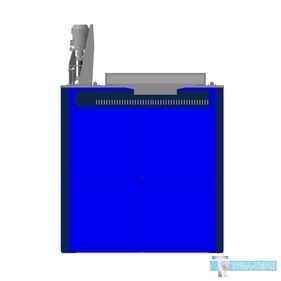
Quenching oil tank BZM 14.17.8/09
Oil quenching tanks of the tank type are designed for quenching cooling of products heated to the quenching temperature in oil at temperatures up to 90 ° C in stationary conditions. The workspace environment is oil.
Oil quenching tank of the tank type BZM 14.17.8/0.9 for quenching cooling of products heated to the quenching temperature in oil in the range from 40oC to 90oC.
Tula-Term
Tula
Produced in: Tula

Two-pulse laser source of excitation of atomic emission spectra
The laser source is designed to excite atomic emission spectra when performing qualitative spectral analysis of hard rocks - metals, minerals, glasses and others.
The source is based on a two-pulse YAG: Nd laser with electro-optic Q-switching operating at the main wavelength of 1064 nm. The duration of each pulse is no more than 10 ns, and the delay between them is adjustable from 0 to 60 microseconds.
The possibility of the laser beam to focus on an area of 300 to 1000 microns makes it possible to conduct microanalysis of inclusions, perform two-dimensional scanning of the surface or locally analyze samples with virtually no damage to the surface. A significant advantage of the laser source is the expressiveness and lack of special sample preparation for a wide range of conductive and non-conductive materials.
Visual observation and pointing of the beam at the sample is carried out using a stereoscopic microscope integrated into the system, as well as a high-resolution digital video camera with image transmission to a computer.
Moving the instrument table with a fixed sample is possible both manually for adjustment, and with the help of stepper motors in two coordinates during analysis, which provides surface scanning and spectrum recording with reference to the video image. The installation can be used in conjunction with any spectral devices – "Grand", "Aspect", "Express", "Hummingbird-2", STE-1, DFS-458, MFS-8, PGS-2 and others. The laser source is designed to excite atomic emission spectra when performing high-quality spectral analysis of hard rocks – metals, minerals, glasses and others.
VMK OPTOELEKTRONIKA
Novosibirsk
Produced in: Novosibirsk
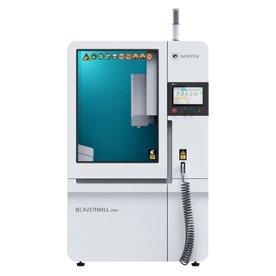
BEAVERMILL Mini
The area occupied by the BEAVERMILL Mini is only 1m2, and the service areas on the left, right and rear are not required. The machine can be positioned against a wall, in niches between walls, as well as next to other equipment.
Due to its light weight and compactness, the BEAVERMILL Mini can be transported in a freight elevator, moved along narrow corridors and through small openings of office doors. Installation and use of the machine is possible in research laboratories, offices and other non-production sites.
BIVER TEKH
Москва
Produced in: Moscow
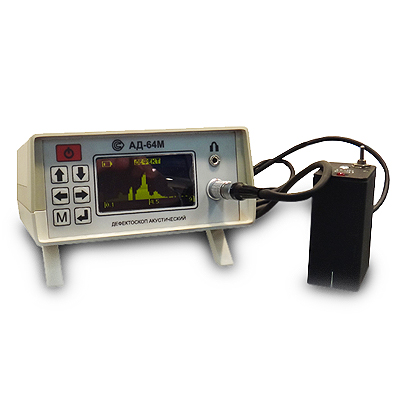
AD-64M Acoustic Impedance Flaw Detector
from
825 000 ₽
Control methods: Impedance method (IM) and free oscillation method (MSC)
Distinctive features:
- A wide range of controlled materials: from steel to foam and structures with soft external and internal elements
- Application of two complementary control methods
- One-way access
- Dry contact of the transducers with the controlled object
- Visual representation of information
- The ability to memorize and reproduce the setting modes, which excludes the use of control samples at the workplace
Technical specifications:
The minimum area of the detected defect, cm2: 1
The depth of detected defects in fiberglass, mm: up to 12...15
Light and sound signaling of defects
Number of measurements per second: 15
Weight, kg: 1
Self-powered by batteries
Continuous battery life, h: 8
Operating temperature range, °C: -10...40
RII MNPO SPEKTR
Moscow
Produced in: Moscow
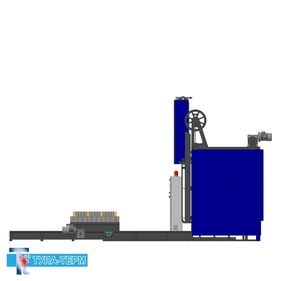
Chamber furnace with sliding hearth SNOT-10.10.4/12
from
680 000 ₽
Designation: SNOT-10.10.4/12
Temperature: 1200
Door opening: Electromechanical
Hearth drive: electromechanical
Camera Size (WXDXH) 1000x1000x400
Regulation zones: 1
Tula-Term
Tula
Produced in: Tula
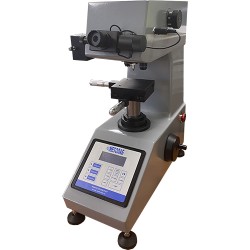
Metolab 501 Vickers Hardness Tester
METOLAB 501 is a stationary hardness tester using the Micro-Vickers method, on the HV scale, as well as on the Knoop – HK scale. The device allows you to determine the hardness of various products (steel, cast iron, non-ferrous metals and soft alloys) in full compliance with GOST R ISO 6507-1-2007. The METOLAB 501 hardness tester has high accuracy, a wide measurement range (5-2500 HV), is equipped with a vernier micrometer, and also allows you to apply a wide range of loads in the range from 10 to 1000 gr.
The principle of operation of the METOLAB 501 hardness tester is based on the indentation of a pyramidal diamond indenter with a certain force into the controlled surface of the sample. After the designated time, the indenter rises. The hardness value is calculated according to the diagonal of the print (depth), or calculated by the formula.
Stationary automatic METOLAB 501 hardness tester is included in the State Register of Measuring Instruments of the Russian Federation (GRSI) under the number 66668-17 and comes with a certificate of primary verification (on request).
Distinctive features of the stationary METOLAB 501 Micro-Vickers hardness tester:
Simple and intuitive interface in Russian;
Wide range of measured values – from 5 to 2500 HV;
Wide range of test loads with manual switching – 0.09807 N (10 g), 0.2452 N (25 g), 0.4903 N (50 g), 0.9807 N (100 g), 1.961 N (200 g), 2.942 N (300 g), 4.904 N (500 g), 9.80 N (1 kg);
Bright and clear LCD display that displays all the necessary information (set load, exposure time, test mode);
Manual input of the diagonal length using a membrane keyboard;
Vernier micrometer.
Basic delivery package:
Stationary METOLAB 501 Micro-Vickers Hardness Tester;
Standard hardness sample – 2 pcs.;
Flat desktop;
V-shaped desktop;
Micrometer;
Diamond indenter with an angle of 136°;
User Manual.
Metolab
Moscow
Produced in: Moscow
